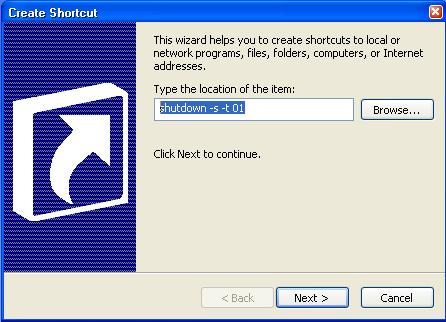Computer E Books,computer ebooks,computer ebooks free download,computer ebooks download,computer ebooks in hindi,computer e books downloads,computer e books online,computer ebooks site,computer ebooks for free,computer e books sites,computer ebooks for kids,telugu gk,telugu gk books,telugu gk,telugu gk questions,telugu gk bits,telugu gk questions answers,telugu gk books pdf,telugu gk pdf,telugu gk ebooks,telugu gk questions 2009,telugu gk questions 2010,
Linux complete command reference E-book

C++ Coding Standards - 101 Rules, Guidelines and Best Practices




